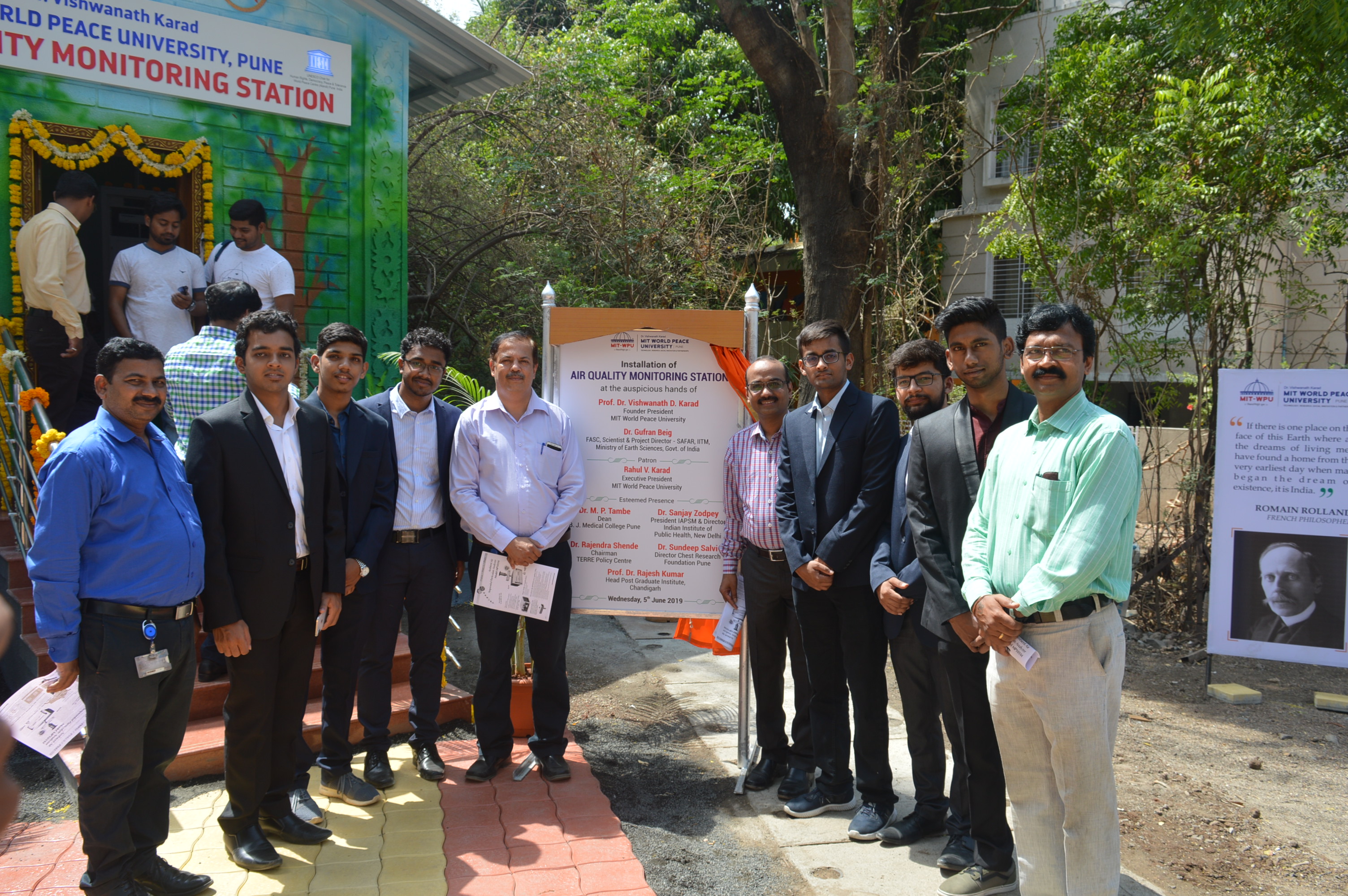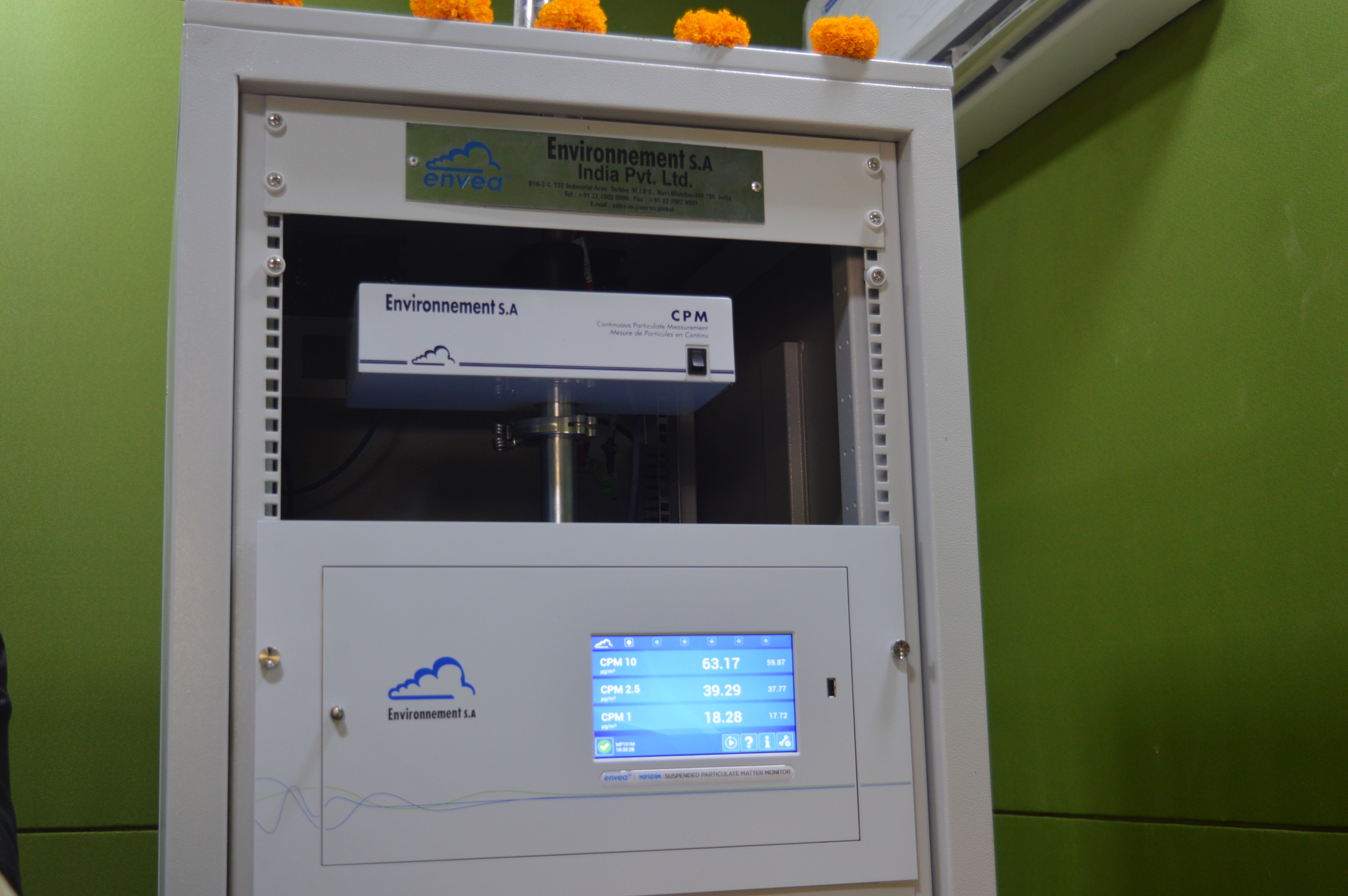SCCN Blogs
Care for Air? Dare to Act!
What cannot be measured cannot be managed. This is a basic mantra of management including, crisis management. Fortunately, now we have technologies that enable online and real-time measurements and collect data with the help of IoT (Internet of Things). We can also use Big Data Analytics for modelling the air-mass movement and AI (Artificial Intelligence) for predictive scenarios.
More good news is that students from universities are poised to take front benches in using such technologies. Smart Campus Cloud Network (SCCN), a project of Green TERRE Foundation has deployed such youth's potential. With the help of the Indian Institute of Tropical Meteorology (IITM), TERRE has launched an initiative on the university campus of MIT-World Peace University. (sccnhub.com)
Air pollution and Climate change are the two sides of the same coin. Both are the manifestations of human-induced activities. The third dimension is meteorology, which is unfortunately beyond the control of humans.
Mexico City, once called as 'bowl of air-pollution soup' due to its bowl-like geographical location and uncontrolled transport and factories that belched our carbon, sulfur, ozone and nitrogen pollutants in the 1980s and 1990s now has been able to reign the air pollution to nearly 50%, though not totally got rid of it.
Beijing, once competing with New Delhi as the most polluted city in 2016-17 has reduced air pollution by 30% in a short time. Now, it is embarking on long-term plans to ensure the smooth running of the winter Olympics of 2022.
In New Delhi, as per the report (15th Nov 2019) on IITM's portal SAFAR-India, 'the overall Delhi Air Quality Index (AQI) shot up very fast towards the higher side of the SEVERE category'. IITM has been able to measure pollutants on a real-time basis, wind directions and air-mass movement, stubble burning sites with the help of ISRO satellite and predict the weather and rain patterns based on climate modelling. Based on its predictive analytics, it has forecast moderate pollution (down from Severe) over the next few weeks.
IITM has been able to make attribute analysis every day for the extent of pollution to specific sources like transport, stubble burning, industry including power plants, construction and others. This would help the government and businesses to take actions as short-term measures and policy-making as long-term measures.
The students of MIT-WPU in Pune have been for the last few months measuring PM 2.5 online and in real-time to see the seasonal trends and infer what actions are needed. A measuring instrument has been purchased by MIT. Still, the algorithm and protocol to take the measurements on the national portal of SAFAR-India are developed by students with the help of IITM.
SCCN would continue the campus revolution against air pollution. 800+ universities in India would serve as dots for actions on campus and when connected by a cloud network, it would prove to be a predictive network to take action against air pollution. SCCN is a project that promotes learning by doing and acting without debating.When you subscribe to the blog, we will send you an e-mail when there are new updates on the site so you wouldn't miss them.








Comments